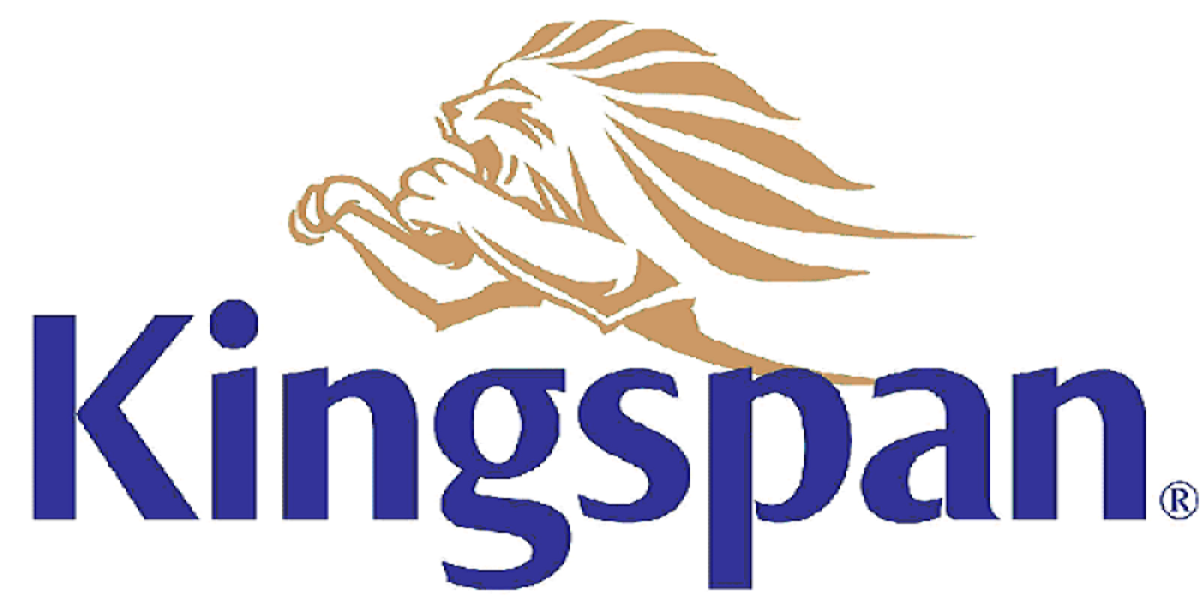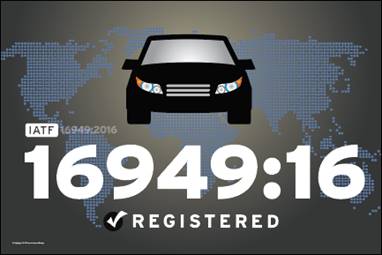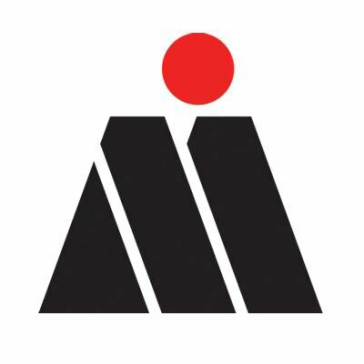Information
-
Document No.
-
Site
-
Scope of the audit
-
Conducted on
-
Prepared by
-
Participants
Explanation
Relationship between System, Process and Product Audit
-
System, process and product audits represent a selection of the audit types available; however, this listing does not claim to be exhaustive. Comparison of the audit types : Audit Type / Subject / Purpose
System Audit
---> Quality System
---> Assessment of the completeness and effectiveness of the basic requirements.
Process Audit
---> Product development process / Serial production
---> Service development process / Providing the service
---> Assessment of the quality capability for specific products/product groups and their processes
Product Audit
---> Products or services
---> Assessment of quality characteristics
Process audits may be initiated, e.g., for the following reasons: decreasing process quality, customer complaints, and changes in the production sequence, - process insecurities, cost reductions, internal request.
Process audits can be applied internally and externally across the full quality cycle in the following areas: Marketing, Development, Purchasing (Product/Service), Production/Service Provision, Sales/Commissioning, Customer Service/Services, Recycling
Individual Evaluation of the Questions and Process Elements
-
Each question is evaluated with regard to the respective requirements and their consistent achievement in the product development process (service process) and the serial production (service). The evaluation can result in 0, 4, 8, 10 points for each question, whereby the proven compliance with the requirements is the measure for awarding points. For a grading under 10 points corrective actions with deadlines have to be determined.
Evaluation of compliance with individual requirements
10 - Full compliance with requirements
8 - Predominant compliance with requirements; minor nonconformities *
6 - Partial compliance with requirements; more severe nonconformities
4 - Unsatisfactory compliance with requirements, major nonconformities
0 - No compliance with requirements
(*) Predominant means, that more than ¾ of all requirements have proven to be effective and no special risk is given.
The degree of conformity EE of a process element is calculated from:
Sum of all points awarded for the respective questions
EE [%] = ------------------------------------------------------------------- x 100%
Sum of all possible points of the respective questions
Serial Production
-
Grade. % Description of the grading
A 90 to 100 Full compliance.
B 70 to less than 90 Partial compliance
C less than 70 No compliance -
OVERALL GRADE DECISION
SUMMARY / RECOMMENDATIONS:
-
undefined
Overall degree of conformity in %
P 6 Process Analysis Serial Production
P 6-1 Process Input
-
6.1.1* Has the project been transferred from development to serial production and is the reliable start guaranteed?
-
6.1.2 Are the necessary quantities / production batch sizes of the materials available at agree-upon time and at the specified location?
-
6.1.3 Are materials stored appropriately and are means transport / packaging facilities suitable for the specific properties of the materials?
-
6.1.4 Are the necessary identifications / records / releases available and allocated appropriately to the incoming materials?
-
6.1.5 Are changes to the product or production process during series production tracked and documented?
P 6-2 Process flow
-
6.2.1* Are all the relevant details listed in the production and test/inspection documents, based on the production control plan?
-
6.2.2 Does the release of production process take place?
-
6.2.3* Can the customer's specific product requirements be satisfied with the production facilities used?
-
6.2.4* Are significant characteristics controlled in production?
-
6.2.5 Are scrap, rework and setting parts kept separate and identified?
-
6.2.6 Is the flow of materials and parts secured against mixing / wrong items?
P 6-3 Personnel Support
-
6.3.1 Do the employees know their responsibilities and authorizations regarding the monitoring of product and process quality?
-
6.3.2* Are the operators able to carry out their allotted tasks and are their qualifications kept up‐to‐date?
-
6.3.3 Are the necessary personnel resources avaliable?
P 6-4 Material Resources
-
6.4.1 How are the maintenance and overhaul of production facilities / tools controlled?
-
6.4.2* Can the quality requirements be monitored effectively with the test, inspection and measurement facilities employed?
-
6.4.3 Are the work‐stations and test/inspection areas suitable for requirements?
-
6.4.4 Are tools, equipment and test/inspection facilities stored correctly?
P 6-5 Process Effectiveness Level
-
6.5.1 Are target requirements set for product and process?
-
6.5.2 Are quality and process data logged in such a way that they can be assessed?
-
6.5.3* In the case of deviations from product and process requirements, are the causes analysed and the corrective actions checked for effectiveness?
-
6.5.4* Are processes and products audited regularly?
P 6-6 Process Result / Output
-
6.6.1* Are the customer's requirements met in terms of product and process?
-
6.6.2 Are quantities / production batch sizes aligned with requirements and are they forwarded to the next process stage in a targeted manner?
-
6.6.3 Are products / components stored in an appropriate manner and are transport facilities / packing arrangements suitable for the special characteristics of the products / components?
-
6.6.4 Are the necessary records / releases carried out and stored appropriately?
undefined
Action Deck
ACTION DECK:
-
P 5 Supplier Management
P5 #
-
Action:
-
By Whom:
-
By When:
-
P 6 Process Analysis Serial Production
P6 #
-
Action:
-
By Whom:
-
By When:
-
P 7 Customer Support / Customer Satisfaction / Services
P7 #
-
Action:
-
By Whom:
-
By When:
SIGNATURES
-
AUDITOR(S)
AUDITOR#
-
Add signature
-
AUDITEE(S)
AUDITEE#
-
Add signature












